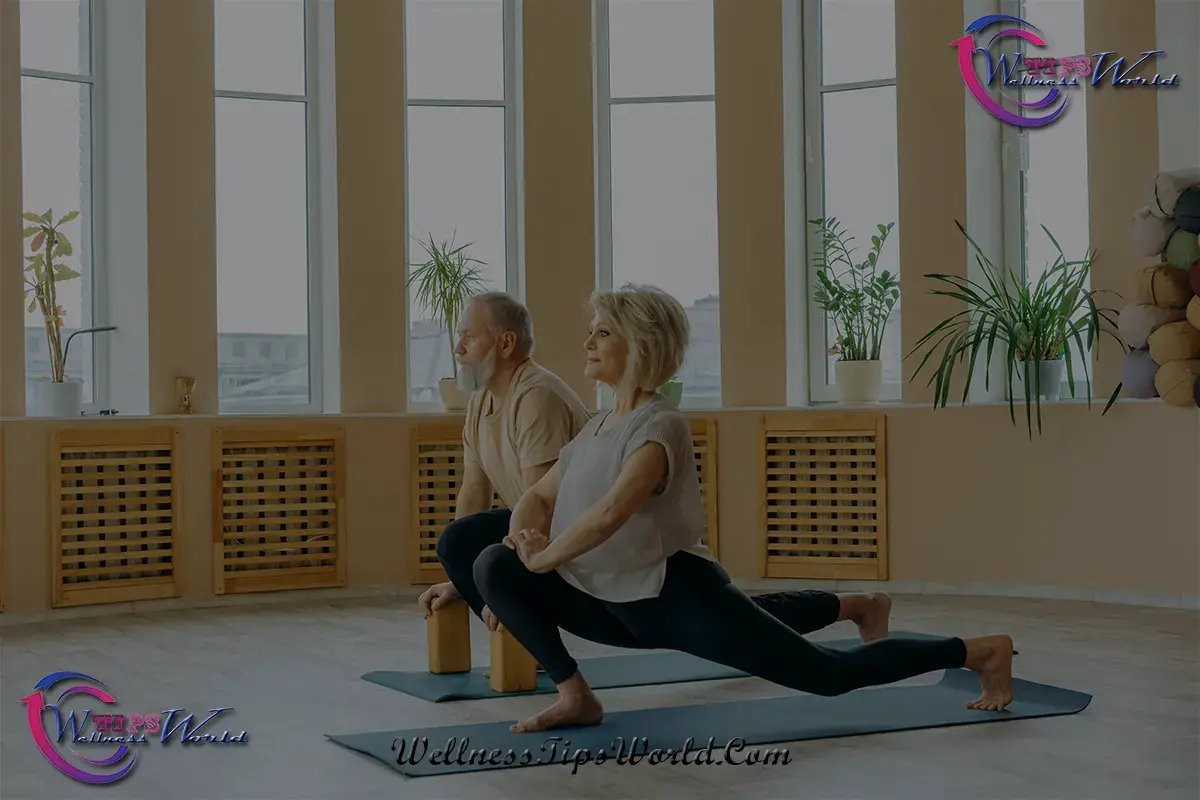The Best Exercises for Seniors to Improve Strength and Flexibility
-
100
- 16 Mar, 2025

As we age, maintaining strength and flexibility becomes increasingly important to ensure that we can continue to live independently and stay active. Regular exercise not only helps prevent age-related muscle loss and stiffness but also improves overall mobility, balance, and mental health. Whether you're new to exercise or have been working out for years, it's never too late to start focusing on strength and flexibility.
In this article, we'll explore the best exercises for seniors that specifically target strength and flexibility, offering easy-to-follow routines that can be adapted to your individual needs. With the right approach, you'll feel more energetic, confident, and capable in your everyday activities.
Why Strength and Flexibility Matter for Seniors
Preventing Muscle Loss and Stiffness
As we age, muscle mass naturally declines. This loss of muscle strength can lead to difficulty performing daily activities such as carrying groceries or standing up from a chair. Additionally, joints tend to become stiffer, reducing flexibility and increasing the risk of falls. Regular strength and flexibility exercises can slow down this process and help seniors maintain their independence.
Improving Balance and Mobility
Strength training improves muscle tone and coordination, which plays a critical role in preventing falls. Stretching exercises enhance flexibility, allowing seniors to move more freely and comfortably. Both types of exercises also promote better posture, which can reduce discomfort and strain in the neck, back, and joints.
1. Strength-Building Exercises for Seniors
Chair Squats
Chair squats are a great way to build lower body strength, focusing on the quads, hamstrings, and glutes. They are simple to perform and can be modified to suit your fitness level.
How to Do It:
- Sit on the edge of a sturdy chair with your feet shoulder-width apart.
- Stand up slowly, using your legs (not your hands), and engage your core.
- Sit back down gently and repeat.
Benefits:
- Strengthens the legs, improving mobility and balance.
- Reduces the risk of falls by increasing lower body strength.
- Wall Push-ups
- Wall push-ups are a fantastic option for seniors who may not yet be able to perform traditional push-ups. They engage the upper body, focusing on the chest, shoulders, and arms.
How to Do It:
- Position yourself facing a wall, with your feet aligned roughly at shoulder-width. Extend your arms forward and place your hands on the wall, ensuring they are positioned just a bit wider than shoulder-width apart.
- Slowly lower your body towards the wall, keeping your elbows at a 45-degree angle.
- Push back to the starting position.
Benefits:
- Improves upper body strength.
- Enhances coordination and arm strength.
- Dumbbell Exercises
- Using dumbbells is an effective way to build strength in the arms, shoulders, and chest. You can start with light weights and increase gradually as you become more comfortable.
How to Do It:
Bicep curls: Hold a dumbbell in each hand, with your arms extended. Slowly curl the weights toward your shoulders and lower them back down.
Overhead press: Hold the dumbbells at shoulder height and press them overhead until your arms are straight, then lower back down.
Benefits:
Builds upper body strength, targeting arms, shoulders, and chest.
Enhances muscle tone and endurance.
2. Flexibility-Enhancing Exercises for Seniors
Seated Forward Bend
The seated forward bend is an excellent stretch for improving flexibility in the hamstrings and lower back. This stretch can be done sitting down, making it easy for seniors to perform without risking balance.
How to Do It:
- Sit on a chair with your feet flat on the floor and legs extended.
- Slowly bend forward at the hips, reaching for your toes or ankles.
- Maintain the position for 20-30 seconds, then gently ease back to the starting stance.
Benefits:
- Increases flexibility in the hamstrings and lower back.
- Reduces stiffness in the legs and lower back.
- Shoulder Stretch
This simple shoulder stretch improves flexibility in the shoulders, arms, and upper back, areas that can become stiff with age.
How to Do It:
- Sit or stand tall, keeping your arms comfortably resting at your sides.
- Reach one arm across your chest and use the opposite hand to gently pull it closer.
- Maintain the position for 20-30 seconds, then switch and repeat on the opposite side.
Benefits:
- Relieves tension in the shoulders.
- Increases range of motion and flexibility in the upper body.
- Cat-Cow Stretch
- The cat-cow stretch is a gentle, flowing movement that stretches and strengthens the spine. This exercise also helps improve posture and alleviate tension in the back.
How to Do It:
- Begin on all fours, ensuring your back is flat and neutral.
- Inhale and drop your belly toward the floor while lifting your head and tailbone (the "cow" position).
- Exhale and round your back, tucking your chin to your chest (the "cat" position).
- Repeat for 5-10 breaths.
Benefits:
- Improves spinal flexibility.
- Relieves lower back pain and improves posture.
3. Balance-Improving Exercises for Seniors
Heel-to-Toe Walk
The heel-to-toe walk is a simple yet effective exercise to improve balance. It strengthens the lower body while challenging your ability to maintain stability.
How to Do It:
- Stand tall with your feet hip-width apart.
- Take a step forward, placing your heel directly in front of your toes, then continue walking in a straight line.
- If needed, hold onto a wall or sturdy object for support.
Benefits:
Improves balance and coordination.
- Strengthens the lower legs and ankles, reducing the risk of falls.
- Standing Leg Lifts
- Standing leg lifts are excellent for improving balance and strengthening the hip muscles, which play a vital role in maintaining stability.
How to Do It:
- Stand tall with your feet aligned hip-width apart, gripping a chair or wall for balance.
- Lift one leg straight out to the side, keeping your knee straight.
- Pause for a moment, then gently lower the leg back down. Repeat 10-15 times per leg.
Benefits:
- Strengthens the hip abductors, which are essential for balance.
- Improves stability and reduces the risk of falls.
4. Tips for Safe Exercise for Seniors
While exercises like strength training and stretching can significantly improve your health, safety is key. Here are a few tips to ensure you exercise safely:
Start Slowly and Progress Gradually
If you're new to exercise, start with lower-intensity activities and gradually increase the intensity and duration as your strength and flexibility improve. Don't rush into advanced exercises, as this can increase the risk of injury.
Focus on Form, Not Speed
Good form is more important than speed or intensity. Always focus on performing exercises slowly and correctly to prevent injury and get the most benefit from your workout.
Stay Hydrated and Rest
Drink plenty of water before, during, and after your exercise routine. Also, make sure to incorporate rest days to give your muscles time to recover and avoid overworking your body.
Consult a Healthcare Professional
Before starting any new exercise program, especially if you have existing health conditions, it's always a good idea to consult with your healthcare provider. They can offer personalized advice and ensure the exercises are appropriate for your health status.
Exercise plays a crucial role in maintaining strength and flexibility as we age. By incorporating simple yet effective exercises like chair squats, wall push-ups, seated stretches, and balance drills, seniors can improve their overall health, reduce the risk of falls, and enjoy a more active and independent lifestyle.
Remember, the key to success is consistency. Start with small, achievable goals and gradually increase the difficulty as your strength and flexibility improve. By staying active, you'll not only feel better physically but also experience improved mental well-being and a greater sense of confidence.










